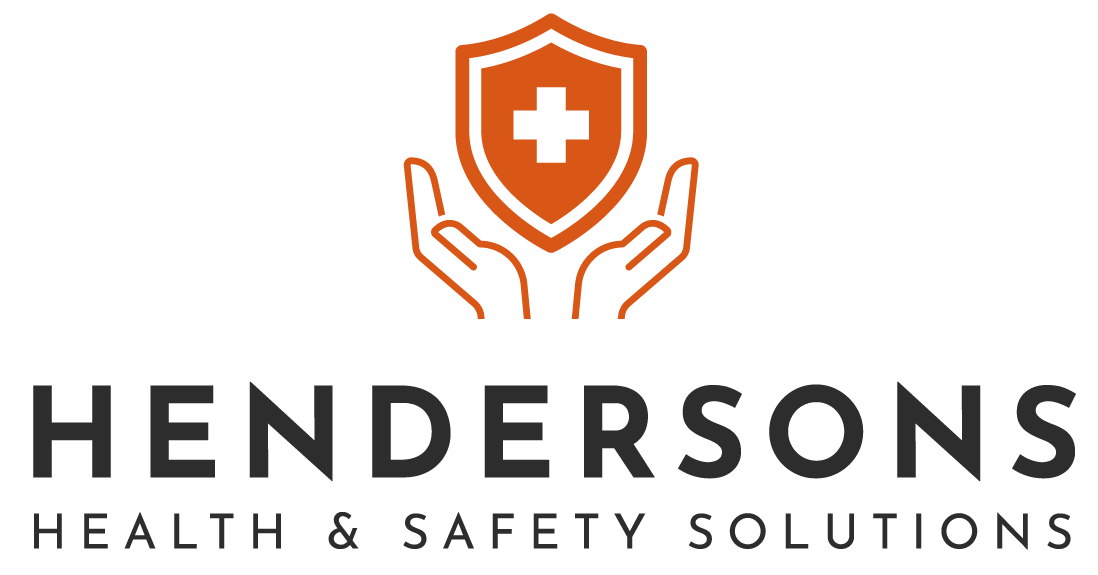On April 15, 1989, tragedy struck Sheffield's Hillsborough Stadium during an FA Cup semi-final match between Liverpool and Nottingham Forest. A catastrophic crush in the Leppings Lane end claimed 97 lives and injured hundreds more, exposing harrowing failures in crowd control, stadium design, and emergency response. The loss of life was devastating, and the ripple effects reached far beyond the immediate aftermath, changing the landscape of event safety forever.
Lord Justice Taylor's report, commissioned in response to the disaster, became the blueprint for revolutionising crowd management and stadium safety. It condemned the outdated and hazardous design of standing terraces and recommended a move to all-seater stadiums for top-tier football grounds which is what all of todays younger generation of fan will have ever known . This change transformed the spectator experience, addressing overcrowding risks and introducing controlled capacity management.
The Taylor Report also laid the groundwork for modern event safety practices. The “Green Guide” emerged as the authoritative manual for sports ground safety, offering comprehensive guidance on capacity calculations, emergency egress, and structural safety. Later complemented by the “Purple Guide” for outdoor events, this framework extended safety standards to festivals, concerts, and other large-scale gatherings.

The disaster underscored the critical importance of multi-agency collaboration, leading to the establishment of Safety Advisory Groups (SAGs). These groups brought together stakeholders- local authorities, emergency services, and event organisers - to ensure thorough risk assessments and coordinated safety planning. The role of club safety officers expanded significantly, requiring dedicated oversight of safety compliance, stewarding strategies, and SAG engagement.
The Evolution of Safety Practices
Stewarding underwent a profound shift from reactive crowd control to proactive engagement. Training programs focused on crowd psychology, risk identification, and emergency response, empowering stewards to handle diverse scenarios with competence and confidence.
The Hillsborough disaster left an indelible mark on the professionalisation of event safety, creating a culture of accountability and continuous improvement. For those of us whose careers revolve around risk, event management, and safety, the lessons of Hillsborough remain an enduring guidepost.
Personal Journey into Event Policing and Risk Management
My own journey into event safety began with my service as a Police Support Unit (PSU) member. Early deployments to manage dynamic, high-pressure situations were formative, offering me invaluable insight into the operational challenges and intricacies of crowd management. From there, my career progressed to sergeant, then to inspector, and eventually to bronze and silver command levels, where I was entrusted with overseeing increasingly complex and high-profile events.
Over the years, I have had the privilege of planning for and working on major events of both national and international significance. These include the London Olympics, the Olympic Torch Relay, World Rally events, the NATO Summit, Champions League finals, numerous international football and rugby matches, and concerts at the Principality Stadium. Each event brought unique challenges and learning opportunities, solidifying my expertise in multi-agency coordination, strategic risk management, and on-the-ground operational leadership.
My academic foundation in Leisure Management from the University of Wales Trinity Saint David, completed in 1997, provided the perfect entry point to this career. While studying for my BA (Hons), I specialised in risk and event management - fields that would become the constant threads running through my professional life. These early studies laid the groundwork for my dedication to creating safe, well-organised events that balance operational efficiency with a seamless spectator experience.
Hendersons Health & Safety: A Continuum of Commitment
When I founded Hendersons Health & Safety Solutions in 2023, I carried forward this lifelong focus on risk management and event safety. I want the company to embody the principles that have shaped my career - proactive engagement, structured planning, and unwavering commitment to safety. Whether conducting inspections, analysing data through our innovative management information tools, or mentoring clients in risk assessment, the lessons of Hillsborough resonate deeply in every aspect of my work.
The human tragedy of Hillsborough serves as a solemn reminder that safety is not a checkbox exercise - it is a shared responsibility that requires diligence, empathy, and continual improvement. Through Hendersons, I strive to honour those lessons, weaving safety into the fabric of every event and workplace I support. My career has been defined by this mission, and it remains my steadfast priority.
Continued Condolences and an Abiding Memory
As we reflect on the legacy of Hillsborough, I don't think we can ever lose sight of the human tragedy at its core. The 97 lives lost and the countless others forever altered by this disaster have to remain somewhere in our thoughts. Each reform, safety innovation, and piece of guidance serves as a tribute to those who suffered and a promise to future generations that their sacrifices were not in vain. May their memory endure brightly, guiding us to always prioritise safety, compassion, and accountability in everything we do.
Sombre moments of reflection on the evolution of crowd safety.
What happened here and at other stadiums across Europe during the 80's shone a light on the lack of understanding, multi-agency coordination, training and most vitally - the lack of expertise and experience in the field of crowd management. The changes that have followed now make most major events very safe. However crowded spaces for smaller budget and smaller scale events still pose serious risks. If you are an event organiser or responsible for public safety please ensure you take on professional advice and guidance
At Hendersons, we have travelled and contributed to the evolutionary journey of crowd and event management for the last 30 years. We have studied the case studies, implemented public enquiry findings, qualified and commanded at some of the UK's biggest events. We have chaired SAG, run operations for the capital city of Wales and we have worked on international research projects to understand crowds and better methods of engagement.
When it comes to your event need whether its the planning, preparation, multi-agency liaison or event delivery we have the skills and experience to keep you safe, compliant and operationally excellent.




